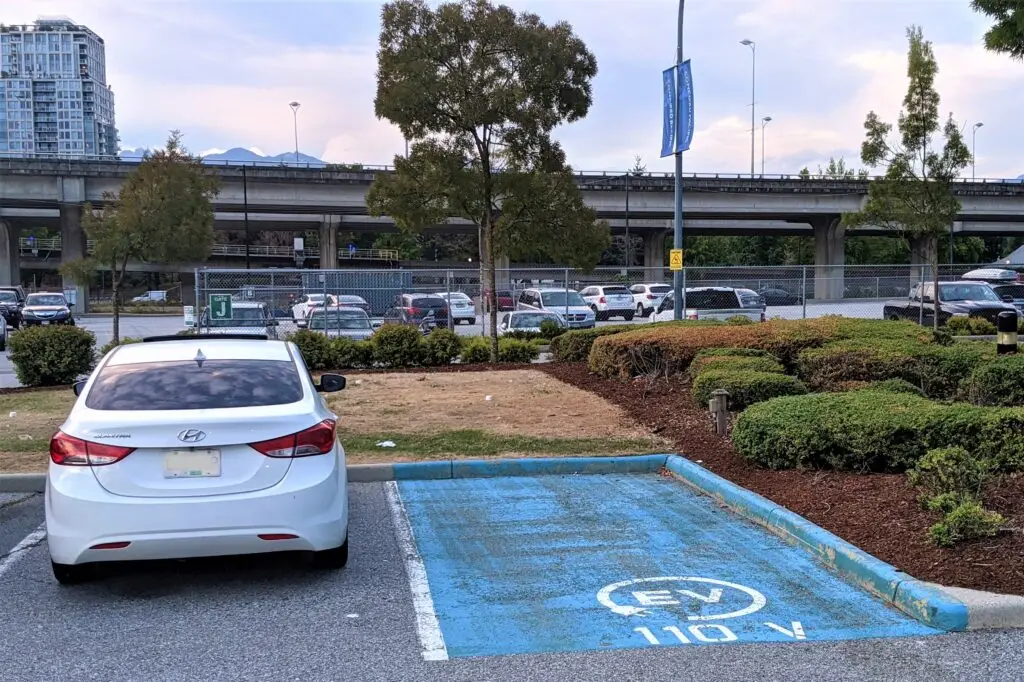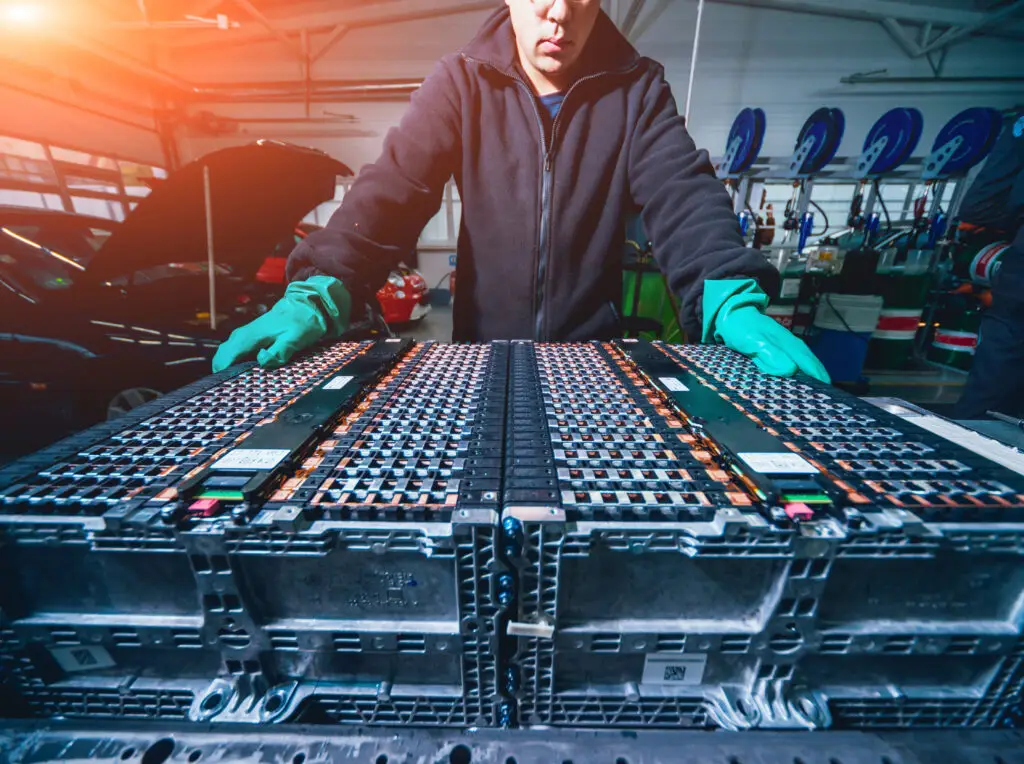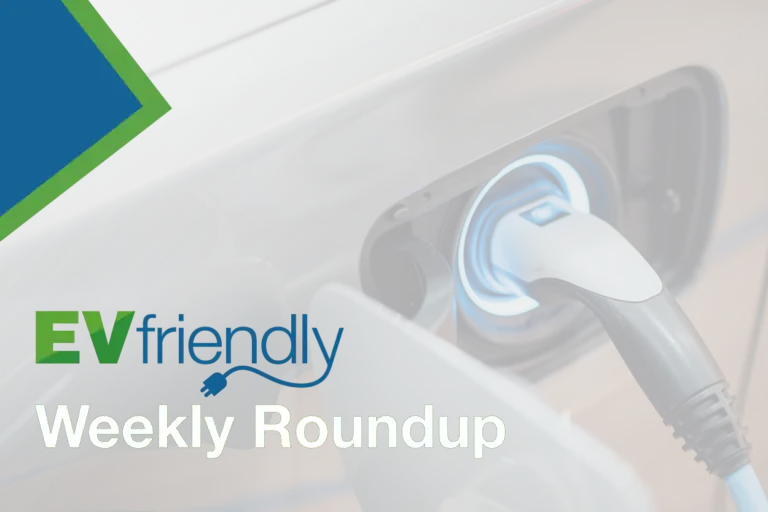The Path to a Sustainable Electric Vehicle Repair Industry Lies with Right to Repair Legislation
Imagine you purchased your first used electric vehicle (EV) only to discover later the battery has degraded below its useful life and you are told that you need a replacement. If the battery is within its manufacturer warranty period, typically eight years or 160,000 kilometres, then you should be able to get a replacement battery at no extra cost, depending on the manufacturer’s percentage guarantee (e.g. the battery state of health). But what if it is out of warranty? The cost to replace a battery can be upwards of $20,000 and in the case of a used EV can even exceed what you originally paid for it.
Fortunately, there are other options when it comes to repairing or replacing a battery for a used EV.
First, you should know that battery degradation does not simply happen overnight. Batteries can fail at anytime for any number of reasons but all batteries eventually degrade and there is no set time or mileage for this. This can depend on several factors and include such things as:
- High temperatures: operating an EV in high temperatures can degrade the battery
- Thermal expansion and contraction due to temperature fluctuations
- Operating at high and low state of charge (time spent at high or low state of charge)
- High current charging
- Charge and discharge cycles: the full discharge of a charged battery with subsequent recharge
Time, also called calendar aging, will also degrade the life of a battery but avoiding the situations above will help reduce degradation and maximize a battery’s lifespan. This is why traditional markers such as vehicle mileage are not necessarily good predictors for a used EV.
What is SoH of a battery and how to measure it?
Battery degradation is measured by its state of health. State of health (SoH) is a measurement of the condition of a battery (or a cell, or a battery pack), compared to its ideal conditions. On some models like the Nissan Leaf, state of health is visually represented by the bars on the far right of the dash. The top bar is the twelfth and represents the most battery capacity compared to the other bars. That bar drops off when the SoH drops to around 85 percent.
While this can be helpful, it does not give you the whole story. Only by conducting a full scan of the battery by a qualified EV technician can you get a more complete picture of a battery’s state of health. Even this may not be 100 percent. The dealer may insist you need to replace the entire battery but know that there may be other options.
Replacing your old battery with a new one is the most costly option. However, you may consider purchasing a used one. Many automotive recyclers sell used batteries from salvaged vehicles. But before you decide to purchase a used battery you will want to know its state of health. Check to see if the recycler offers a warranty. This is a must! Second, only have your EV serviced by a qualified EV technician. A certified EV technician will have the knowledge and experience but also the correct scan tools. Never try to change an EV battery yourself.
If you cannot afford a new battery or you cannot find a suitable used one, there is a third option available. EV batteries can be repaired. This is achieved by replacing damaged cells or modules. A scan can determine which modules or cells may be damaged. Then by replacing one or more of these, you can greatly extend your battery’s life well beyond the warranty period.
However, even though you found a qualified technician to service your EV it may still be a challenge for them to service your vehicle. This is why right to repair is so important to the sustainability and growth of the EV market.
Right to Repair bill could allow more aftermarket repair shops to work on electric vehicles
Right to repair is about allowing consumers to have their vehicle serviced where they would like, at a fair cost, and with the proper tools and parts as available by the manufacturers to authorized dealers. The importance of right to repair is more than just affordable repairs but has implications for the environment as well. The federal government set out a mandatory target for all new light-duty cars and passenger trucks to be zero-emission by 2035, down from an earlier goal of 2040. In order to meet this demand investments have been have been made by manufacturers to boost the EV parts manufacturing industry.

For over 100 years parts manufacturers have been making parts for internal combustion vehicles (engines and transmissions). EVs require many new types of parts and servicing. Vehicle components are quickly becoming more digitalized and manufacturers are working harder to protect their repair programs. Moving towards electric and away from fossil fuels will affect not only the way that repairs are made, but also the way these vehicles are dismantled, recycled and repaired.
Legislation is currently tabled in Parliament to protect Canadian automotive car owners’ choice when having their own vehicle repaired. Bill C‑244 is essentially about copyright, but in simpler terms, it is about the right to repair.
Currently, there is a voluntary agreement in place between manufacturers and the aftermarket (independent vehicle repair shops). We know this agreement today as the Canadian Automotive Service Information Standard (CASIS). However, with Canada committed to mandating that all new light-duty vehicles sold be zero-emission by 2035, we could see manufacturers change how they share this information and what information they are willing to share with aftermarket repair shops. Tesla, for example is not a signatory to CASIS and if we have car companies like Tesla that are opting out of this with no consequences the future of CASIS as a voluntary agreement seems problematic.
On April 8 2022, the Bill C-244 moved into its second reading making it once step closure to becoming law.






